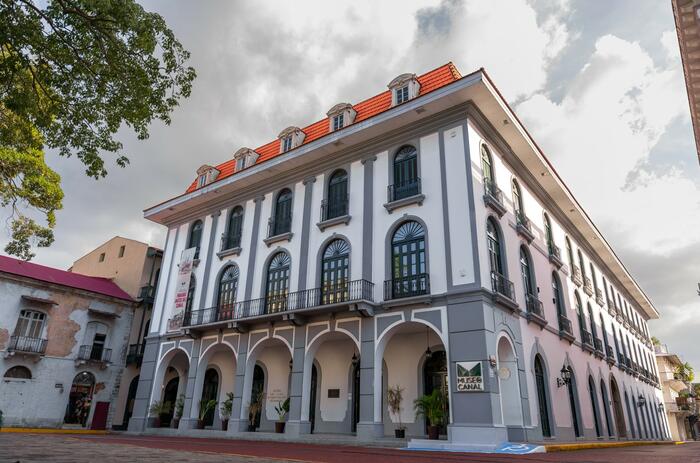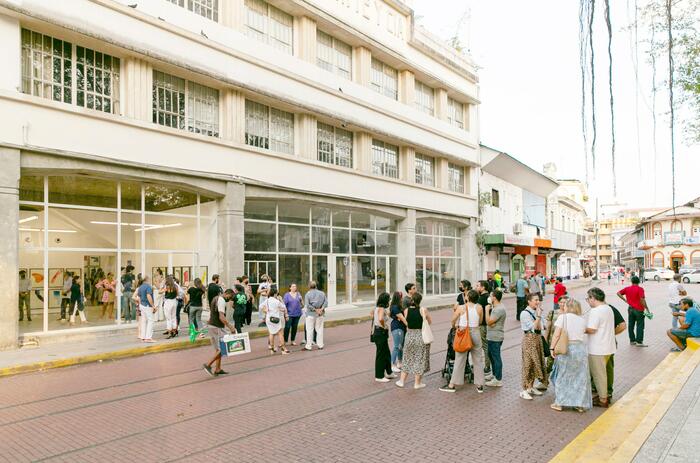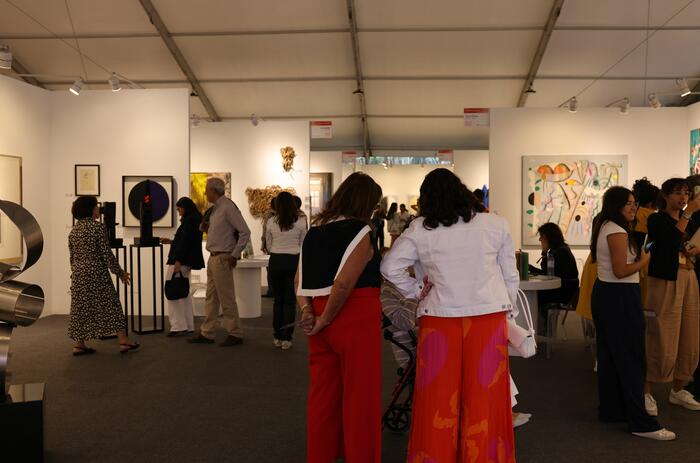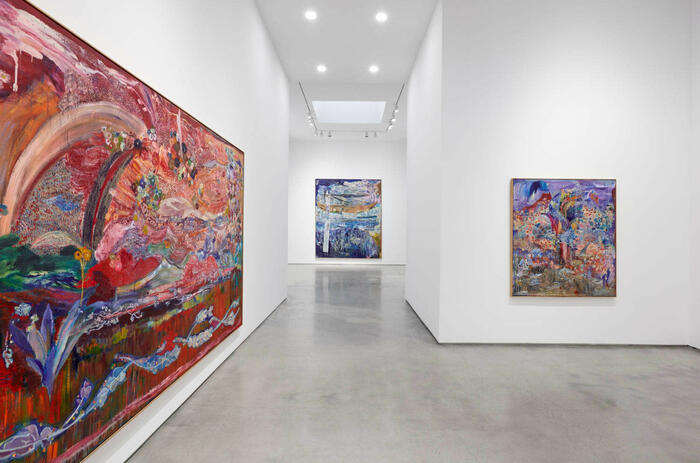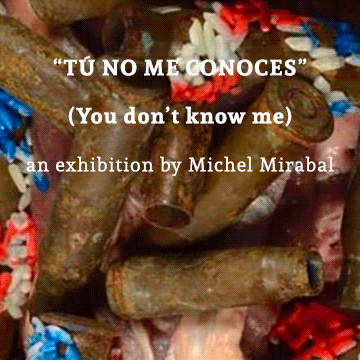THE NEW YORK SPRING SEASON – WHAT ART FAIRS SUGGEST AND AUCTIONS REVEAL
This spring, New York’s art fairs drew large crowds and vibrant energy—from the blue-chip Frieze and TEFAF to more experimental events like Independent and NADA. A total of twelve fairs took place, reinforcing the sense of an especially intense week for the market. The aisles were filled with collectors, curators, and celebrities, yet sales reflected a more measured pace than in previous years. The market is active, but increasingly thoughtful.
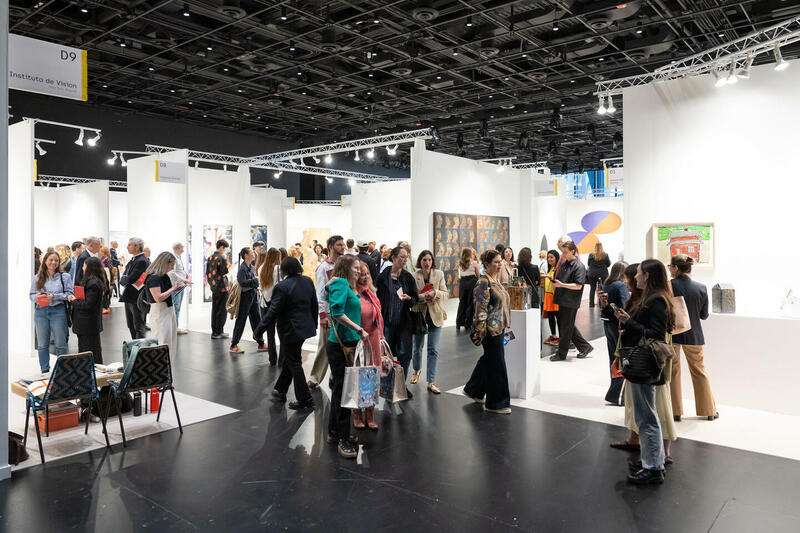
While the U.S. economy remains relatively stable, uncertainty surrounding trade conditions and concerns about the medium- to long-term economic outlook are prompting greater caution among collectors. Much of the activity at the fairs was driven by a domestic audience, with most buyers focused on works by U.S.-based galleries. This trend reflects ongoing concerns around tariffs and regulations, which have made international collectors more hesitant.
At Frieze, strong results were reported at both ends of the market. Gagosian drew attention with a $3 million Jeff Koons Hulk sculpture, reportedly pre-sold before the opening. At the opposite end, smaller works under $50,000 performed well—particularly those that could be hand-carried, avoiding freight complications. Works priced between $50,000 and $200,000 remain a key sweet spot for many collectors.
-
Gagosian’s stand on the opening day of Frieze New York 2025. Photo: Casey Kelbaugh. Courtesy: Frieze and CKA
Latin American galleries had a strong presence across all major fairs, with the majority coming from Mexico and Brazil—a continuation of the trend seen at Art Basel Miami Beach, which featured more than 20 Brazilian exhibitors. Their participation in Frieze, TEFAF, Independent, and NADA signals a growing international ambition. At Frieze, Kurimanzutto stood out for both its presentation and its upgraded placement on the main floor among mega-galleries—a sign of rising stature since opening its Chelsea outpost in 2022. Mor Charpentier, the Franco-Colombian gallery, also made an impression with a sold-out booth featuring a solo show by Malo Chapuy, who reimagined Renaissance compositions through a post-apocalyptic lens.
The atmosphere at TEFAF was electric, with long queues before the VIP opening and brisk sales once doors opened. Gagosian sold out his booth within minutes, showing small-scale works by Anna Weyant, whose trompe l’oeil paintings—priced under six figures—were snapped up quickly. TEFAF featured a higher proportion of European galleries and stood out for its exceptional quality across modern, classical, and design pieces.
-
TEFAF New York. Courtesy of Tefaf
At Independent and NADA, sales were more modest, though works under $30,000 performed well. Standout booths, such as Galerie Colombier (Paris), sold out early, reinforcing that appetite remains strong—but only when quality and pricing align. Several dealers faced customs delays, especially with works not clearly categorized as fine art. At NADA, for example, Carla Ghantous's microchip-based works were held at Newark Airport due to regulatory backlogs.
While the fairs were in full swing, New York’s major auction houses opened previews for their spring sales. The following week Christie’s opened the season with its evening auction, followed by Sotheby’s and Phillips. Despite lowered estimates and adjusted expectations, results were generally underwhelming: many works sold at or below their low estimates, several lots were withdrawn, and last-minute guarantees became common.
This season underscored the growing reliance on guarantees for high-value lots. At Christie’s, 29 of the 39 works in the Riggio Collection carried third-party guarantees. While the sale was officially reported as 97% sold by lot and value, one withdrawn lot was excluded—meaning the true rate was closer to 95%. Such structuring shows how results are carefully managed to convey stability in a more fragile environment.
-
Courtesy of Sotheby’s
At Sotheby’s, a few top lots found buyers, but the mood was subdued—most notably due to the failure of Giacometti’s Grand tête mince (Grande tête de Diego) to sell. Offered without a guarantee, the bust was a rare test of risk appetite—and it failed. In today’s market, buyers are increasingly selective, and high-stakes strategies are harder to justify.
The cooling at the top end is part of a broader pattern. In 2024, only three works surpassed $50 million at auction, compared to six in 2023 and nearly triple that number in 2022. The highest result this season was Piet Mondrian’s Composition with Large Red Plane, Bluish Gray, Yellow, Black and Blue (1922), which sold for $47.6 million including fees. Giacometti’s sculpture, reportedly carrying a $70 million estimate, failed to sell highlighting the fragility at the uppermost tier.
Yet beneath that, momentum remains. Sotheby’s contemporary day sale brought in $97.3 million—on par with peak market periods. Demand is strong for works under $500,000 and even more so below $100,000. This trend mirrors the fairs, where volume was high despite price sensitivity. It also aligns with 2024 market data showing lower total sales value but higher transaction volume—pointing to resilience at the middle and lower tiers of the market, while underscoring the vulnerability at the top.
-
Courtesy of Sotheby´s
The single-owner sales continue to stand out, particularly when they originate from renowned collectors or dealers with a discerning eye. These sales often feature works that are fresh to the market and carefully selected by individuals who had a deep understanding of the art world and its dynamics. This was evident in the Daniela Luxembourg and the Gladstone sale at Sotheby’s, as well as the Riggio Collection at Christie’s.
Before drawing conclusions, it's worth noting that the total auction sales in New York this week reached nearly $1 billion. That is no small number—especially following a week filled with major art fairs. While the speculative froth may be gone, the volume of sales confirms that interest in collecting remains strong. What has changed is the level of discernment: buyers are paying far closer attention to pricing and quality.
In conclusion, this spring’s art season revealed a market still very much alive, but operating with new rules. The fairs delivered engagement and energy, but also caution and selectivity. Auctions provided a more transparent read of the underlying sentiment—marked by lowered expectations, strategic guarantees, and waning appetite for ultra-high-value works. The picture isn’t one of contraction, but of recalibration—where strategy, not speculation, is shaping today’s art market.
*Cover image: Frieze New York 2025. Photo: Casey Kelbaugh. Courtesy: Frieze and CKA

